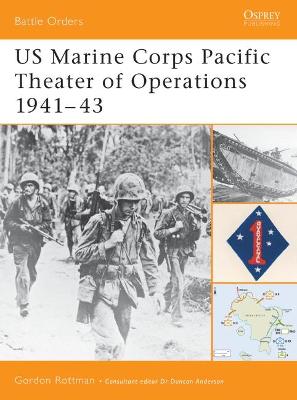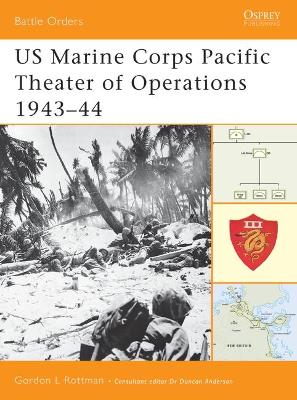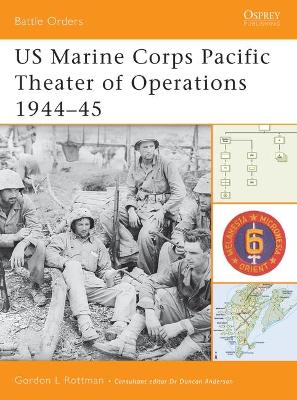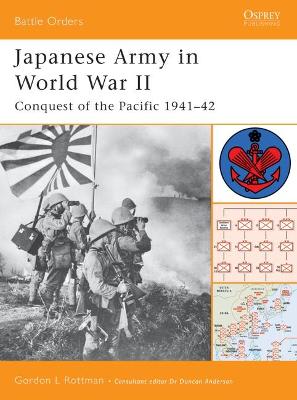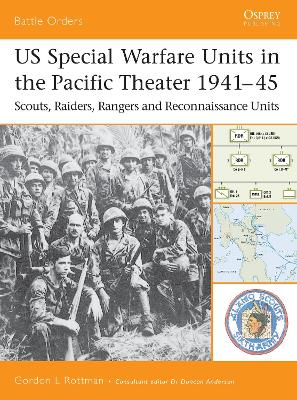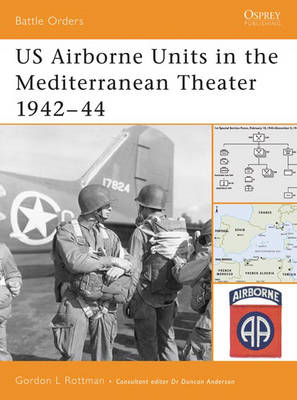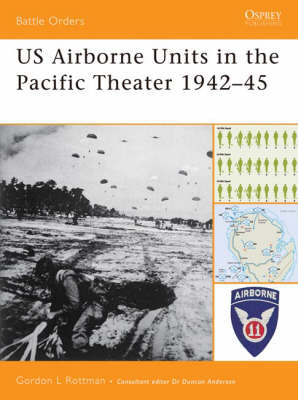Battle Orders S.
6 primary works • 7 total works
Book 1
US Marine Corps Pacific Theater of Operations 1941-43
by Gordon L. Rottman
Book 7
US Marine Corps Pacific Theater of Operations 1943–44
by Gordon L. Rottman
Book 8
US Marine Corps Pacific Theater of Operations 1944-45
by Gordon L. Rottman
Book 9
Book 12
US Special Warfare Units in the Pacific Theater 1941-45
by Gordon L. Rottman
Book 22
US Airborne Units in the Mediterranean Theater 1942-44
by Gordon L. Rottman
v. 26
